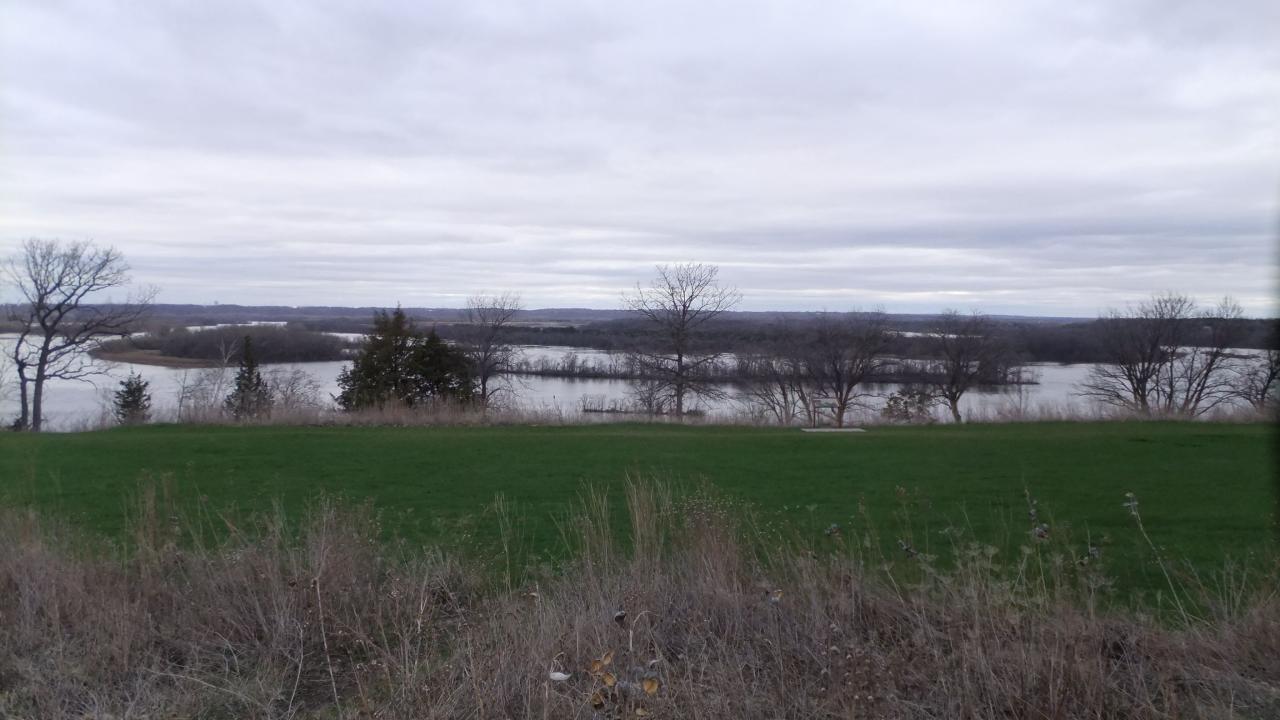Mississippi River Critical Area rulemaking enters final phase

The Mississippi River Corridor was established as a State Critical Area almost 40 years ago to protect and preserve the unique scenic, natural, and cultural features of the 72-mile section of the Mississippi River flowing through the Twin Cities from Dayton to Hastings. A decade later, the corridor was designated a National Park – the Mississippi National River and Recreation Area (MNRRA).
In 2009, the State Legislature determined that the Mississippi River Corridor Critical Area (MRCCA) program needed to be updated through a state rulemaking process—in part because the outdated standards and guidelines needed to be consistent with the corridor’s National Park status.
Fast forward seven years to 2016, and those updated rules are headed for the final phase of rulemaking – formal review and adoption. FMR and many of our partners, allies, members and advocates have been weighing in throughout the DNR-led process, which has included extensive stakeholder and community engagement. At a stakeholder meeting in early March, DNR staff provided an overview of the upcoming formal review process, which will be conducted by an Administrative Law Judge (ALJ), and a preview of what to expect from the final draft rule package.
Formal Review Process for State Rules
The ALJ review process differs from the public engagement process that guided development of the draft rules. There will be far less discussion of the actual standards and guidelines, and no facilitated debate among stakeholders. During the formal review process, all communication is presented to the ALJ, and he or she evaluates the rules by looking specifically at three things:
- Does the DNR have the legal authority to promulgate these rules?
- Did the DNR correctly follow the rule making process?
- Are these rules needed and reasonable?
DNR is aiming to release the draft MRCCA rules on or around March, 28, 2016 by publishing a “Notice of Intent to Adopt Rules” in the official state register. This notice will kick off a 3-month public comment period that runs though July 6, 2016. As comments are submitted, others will be able to see those comments in real time. DNR is encouraging people to submit comments well before the deadline to allow ample time for staff to review all the comments and provide responses in their summary to the ALJ. Three public hearings are tentatively scheduled for June 14, 15 and 16 and will be held in Anoka County, Minneapolis and Dakota County (specific locations to be announced later).
Following the public comment period, there will be a 5-day “Rebuttal Period” when any member or entity of the public can provide their own responses to the comments of others. During the rebuttal period, no new information can be brought forward or considered. The DNR will also summarize and respond to the rebuttal comments in a written report to the ALJ.
Once the public hearing record is closed and the DNR has submitted its responses, the ALJ will prepare a report within approximately 30 days. The ALJ report will determine if 1) the DNR can proceed with rule adoption or 2) DNR must first make revisions to the rule package and/or conduct additional stakeholder engagement. If revisions are needed, the formal review process would need to be repeated before the rules can be adopted.
Reviewing and weighing in on the MRCCA rule package
So what will the new rules look like and how have they changed since the last draft was shared with the public in late 2014?
For the most part, the content of the final draft rules will have just a few changes. The format will undergo a bigger transformation as the rule text was first converted into the language required by State Revisor’s Office, and then reviewed and further edited by the DNR’s legal advisors. The MRCCA rule package will also include a Statement of Need and Reasonableness or “SONAR,” a critical piece for evaluating the draft rules during this stage of the process. The SONAR will include a rule-by-rule analysis, as well as a projection of fiscal impacts that corridor cities and towns will need to incur to implement the new rules at the local level.
Once the rules are officially published, FMR will carefully scrutinize both the SONAR and the new language to make sure that the river’s unique and significant resources will be adequately protected.
“We are eager to see the Critical Area Rules get formally adopted,” said Whitney Clark, FMR executive director. “The Twin Cities have waited decades for set of consistent, science-based minimum standards that will ensure protection of the Mississippi River Corridor’s exceptional scenic, natural and cultural resources for generations to come.”
If you would like to receive future communication about the MRCCA rules, including invitations to take action on behalf of strong rules for the river, please contact Alicia Uzarek, FMR’s policy advocate at auzarek@fmr.org.